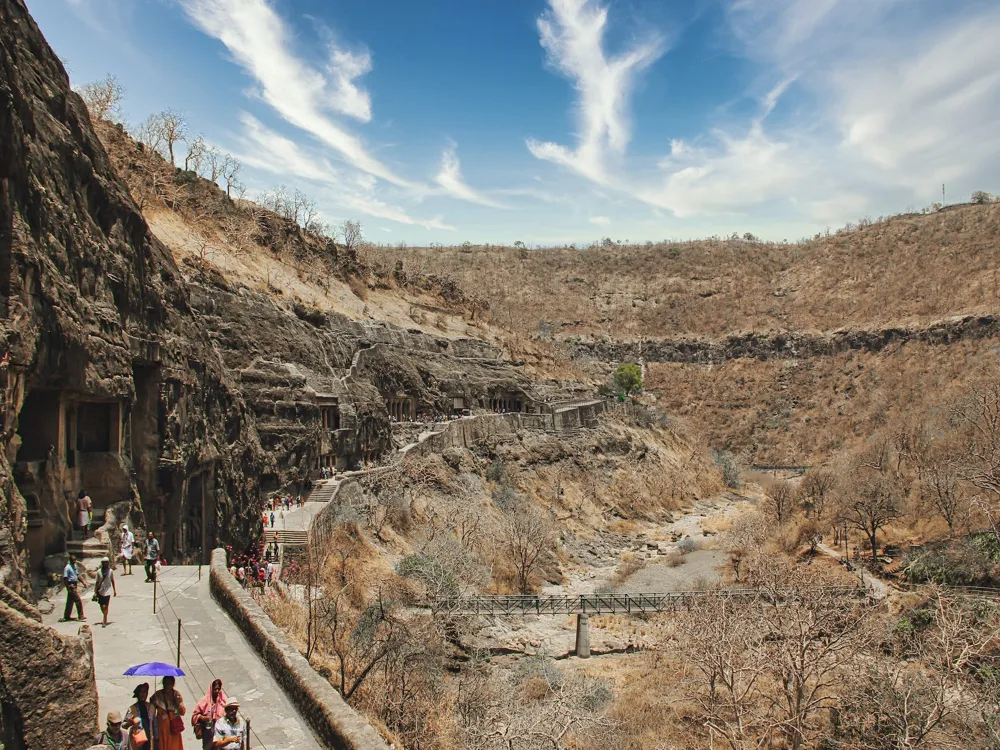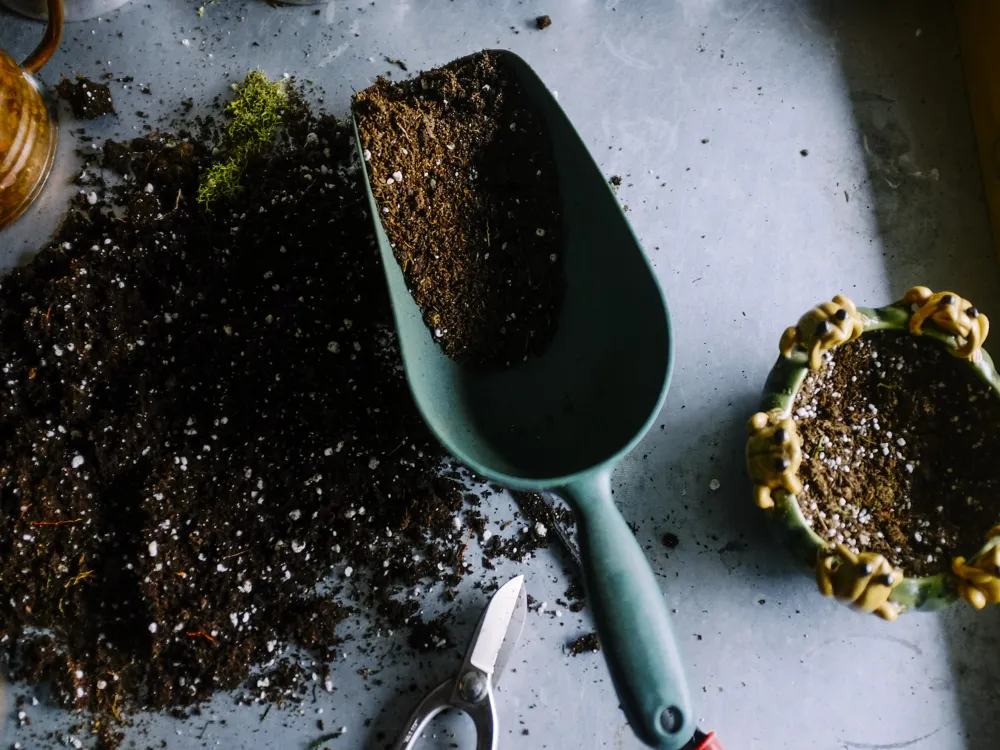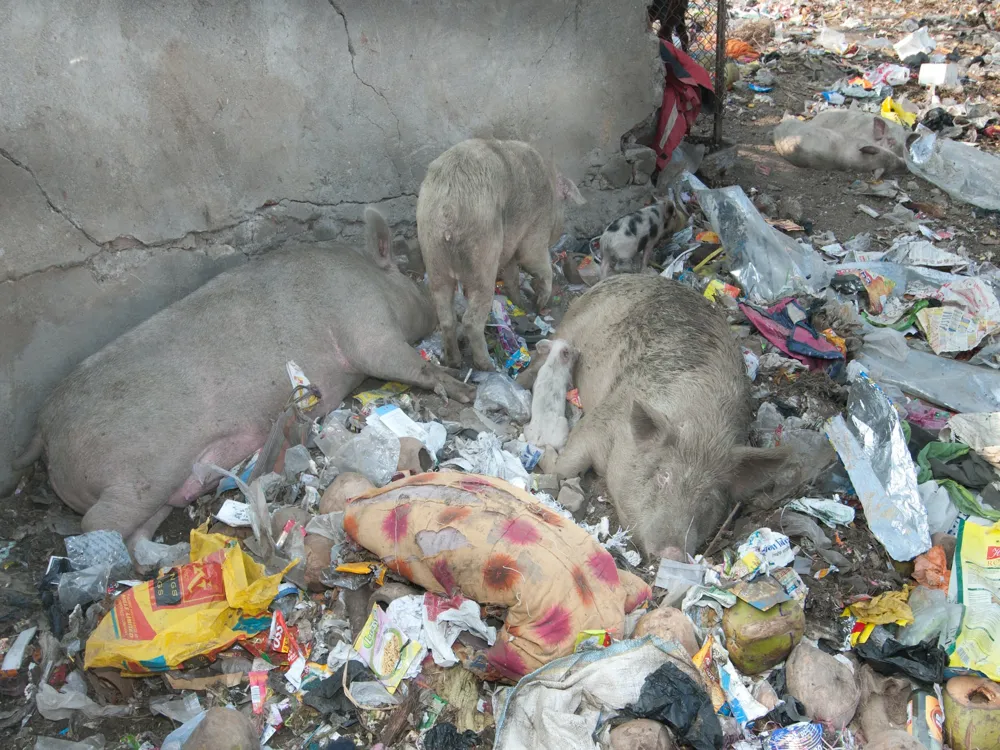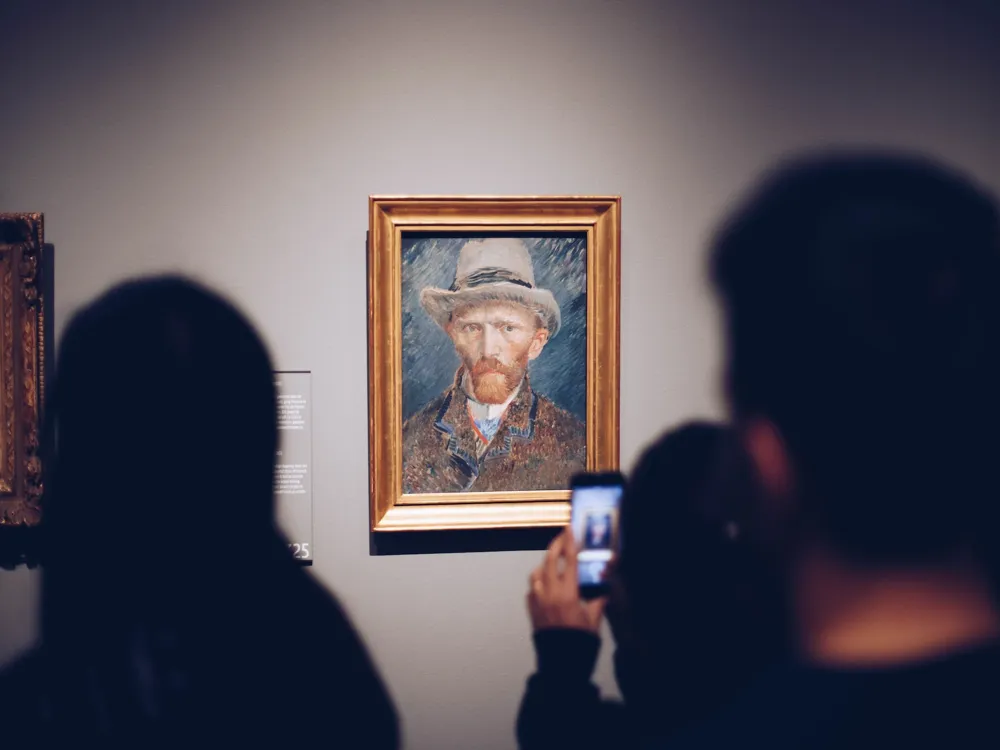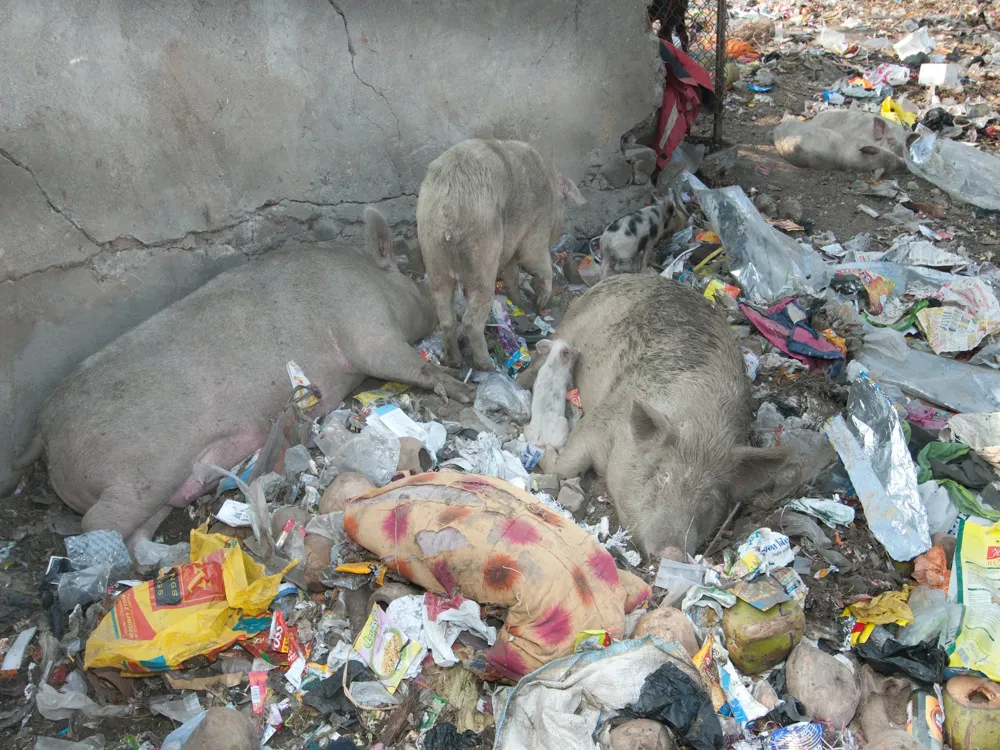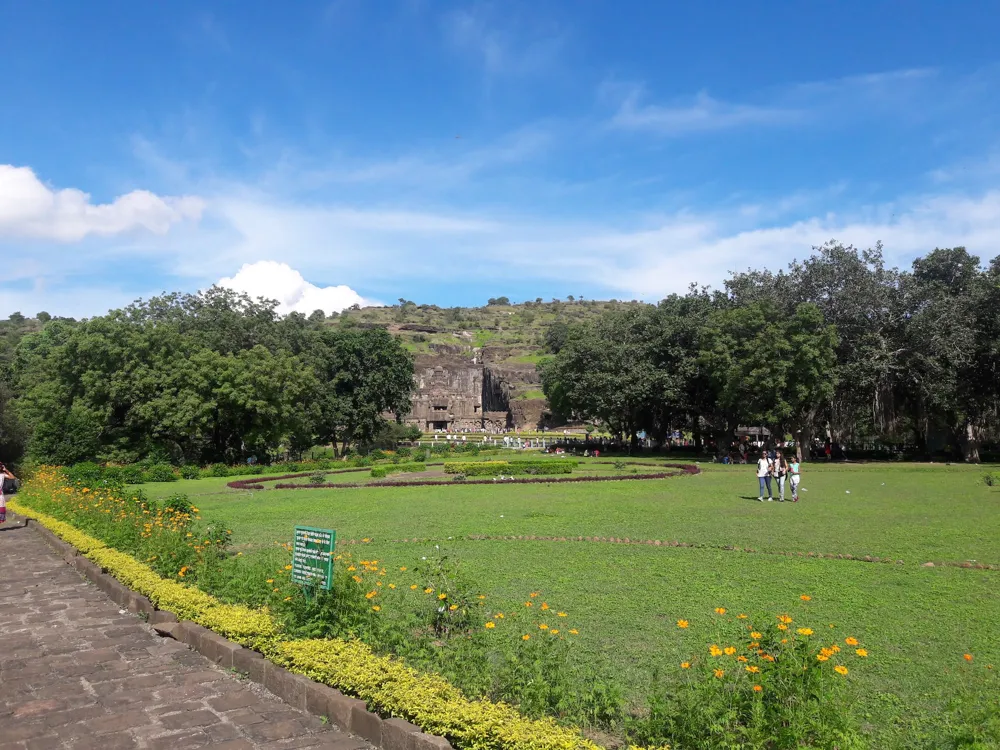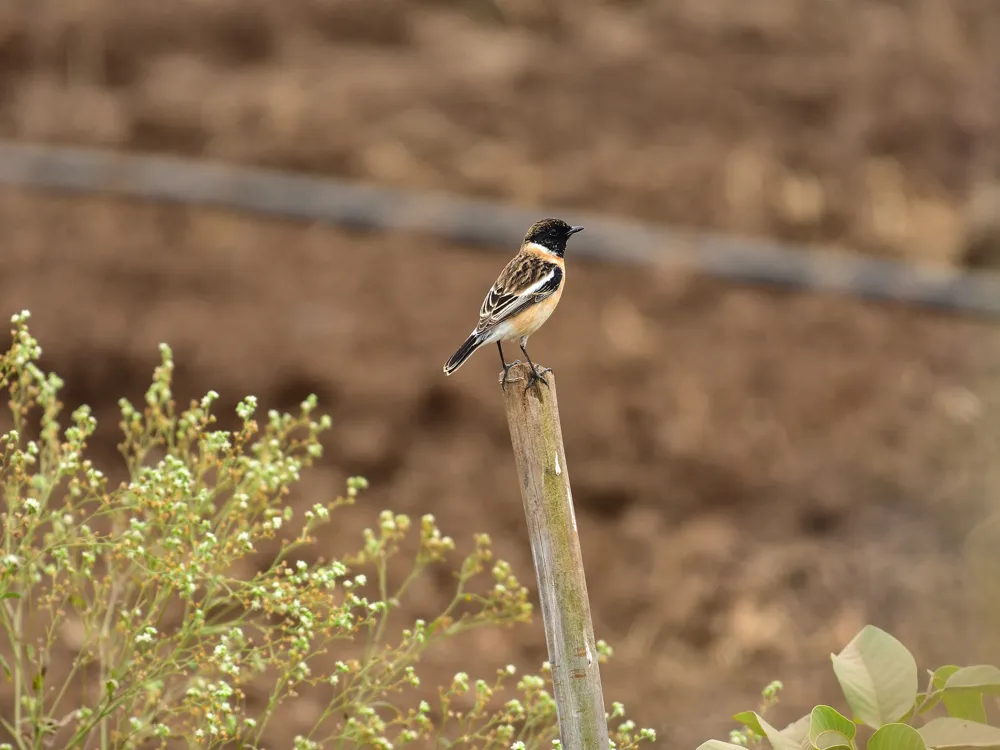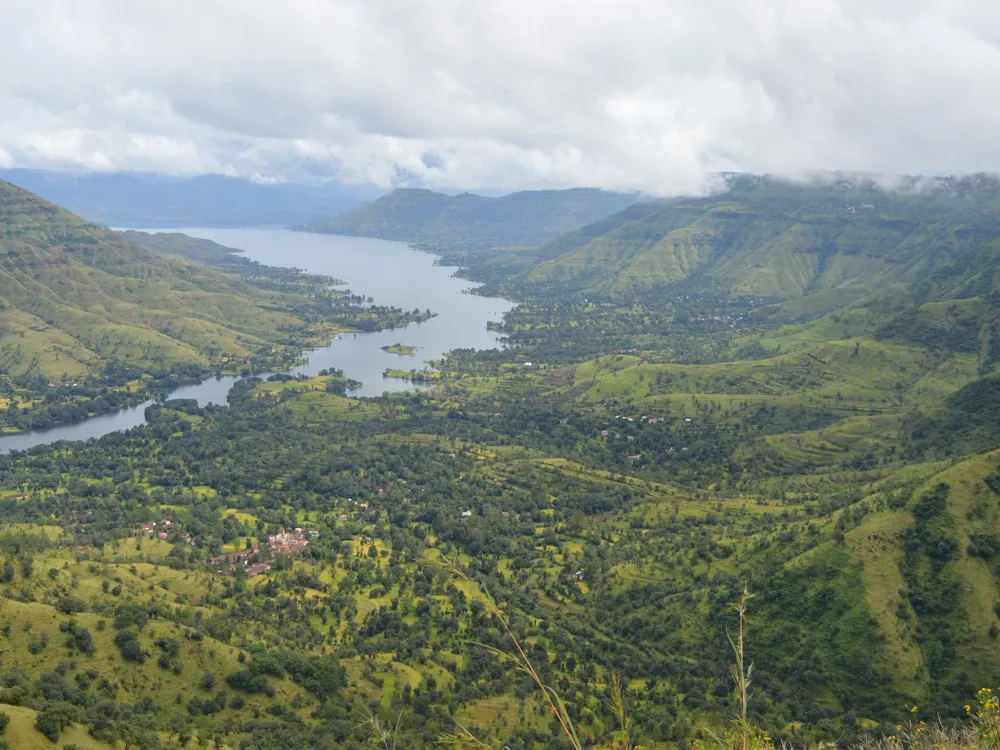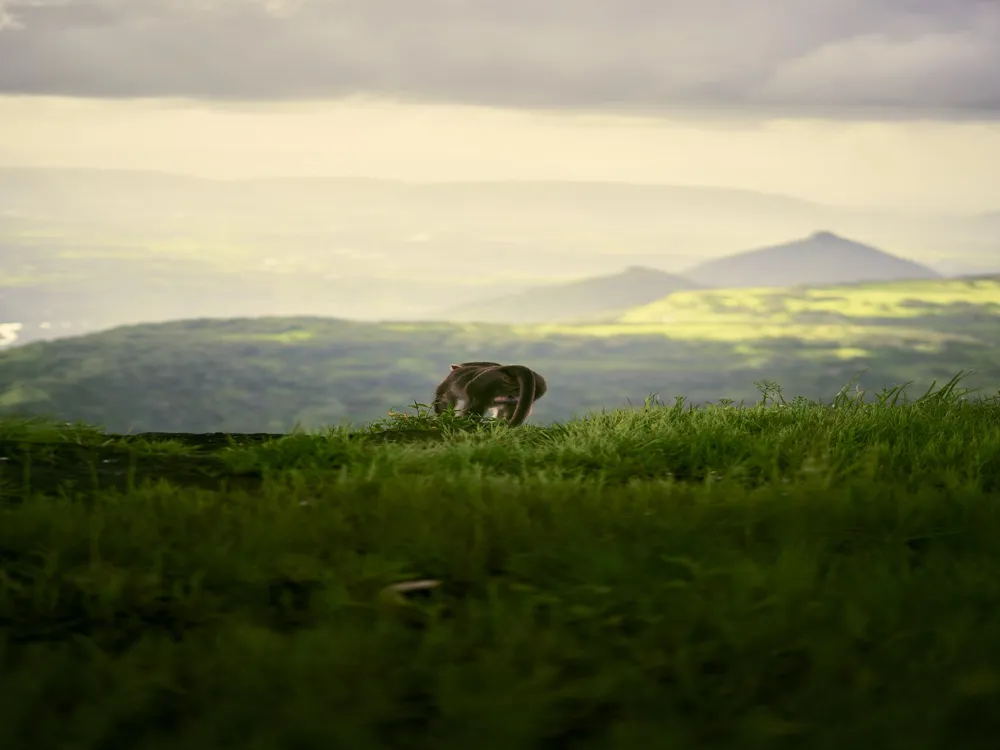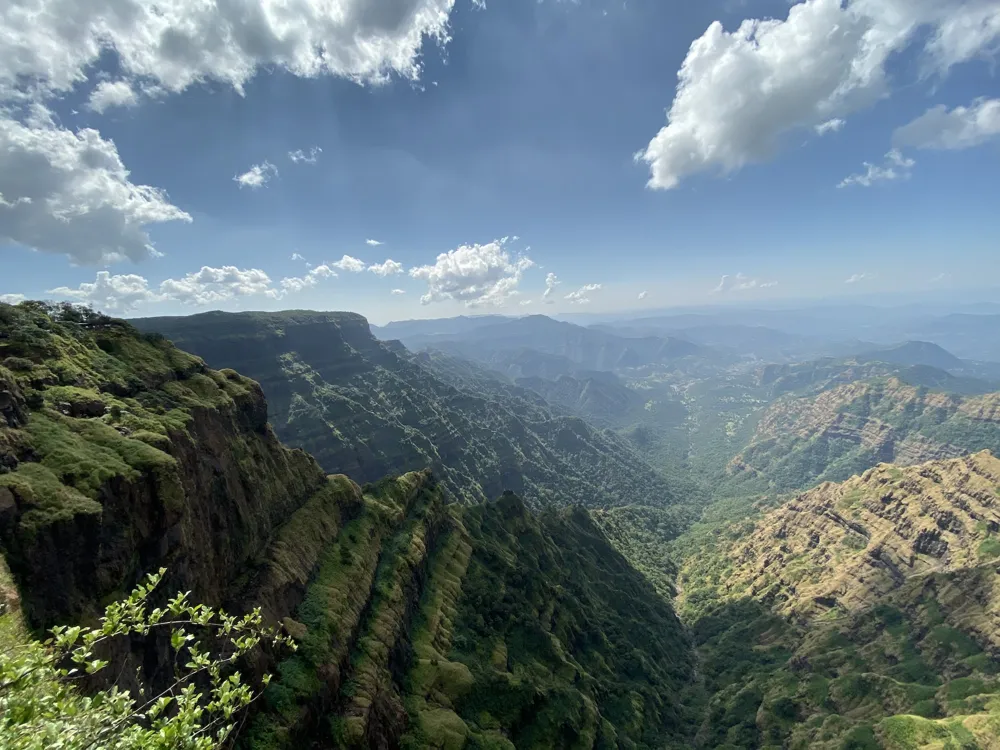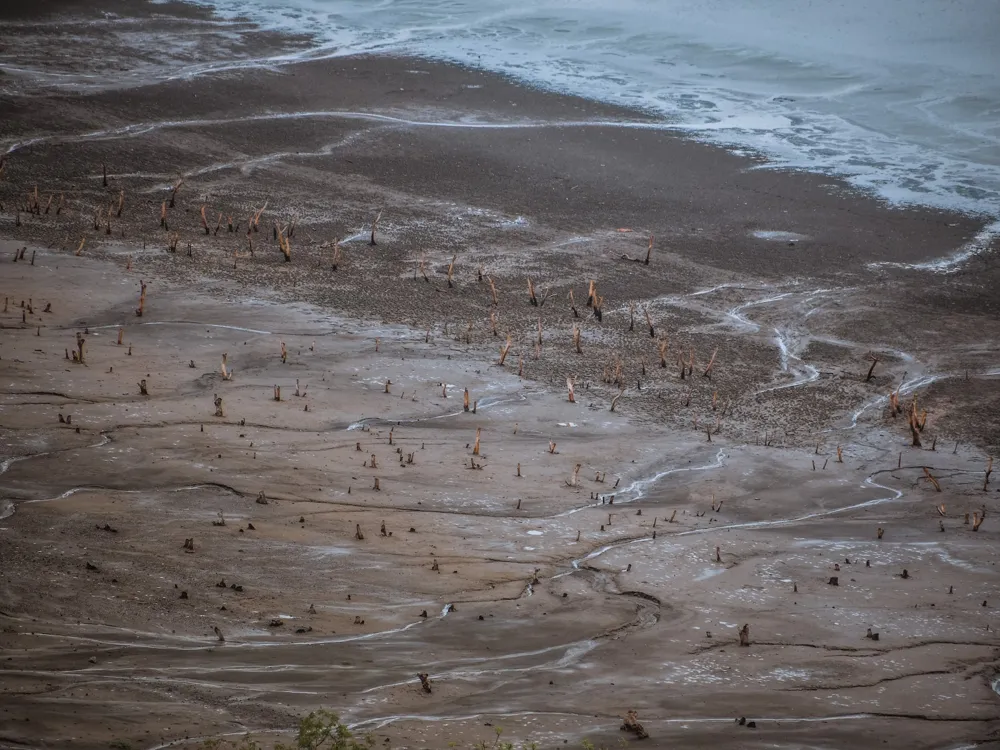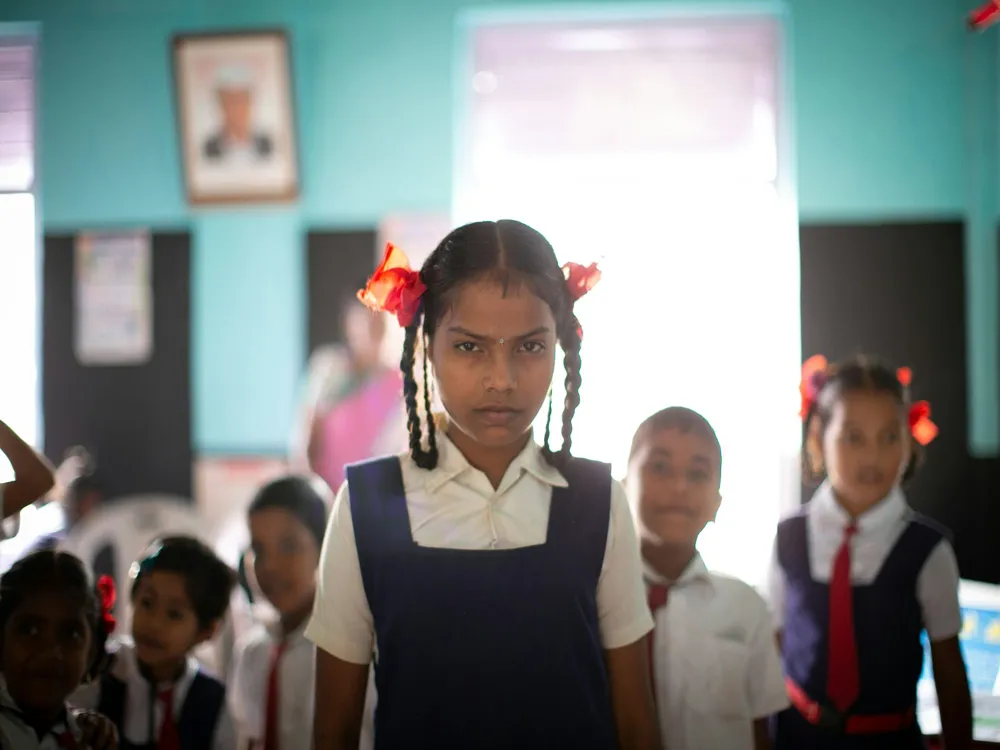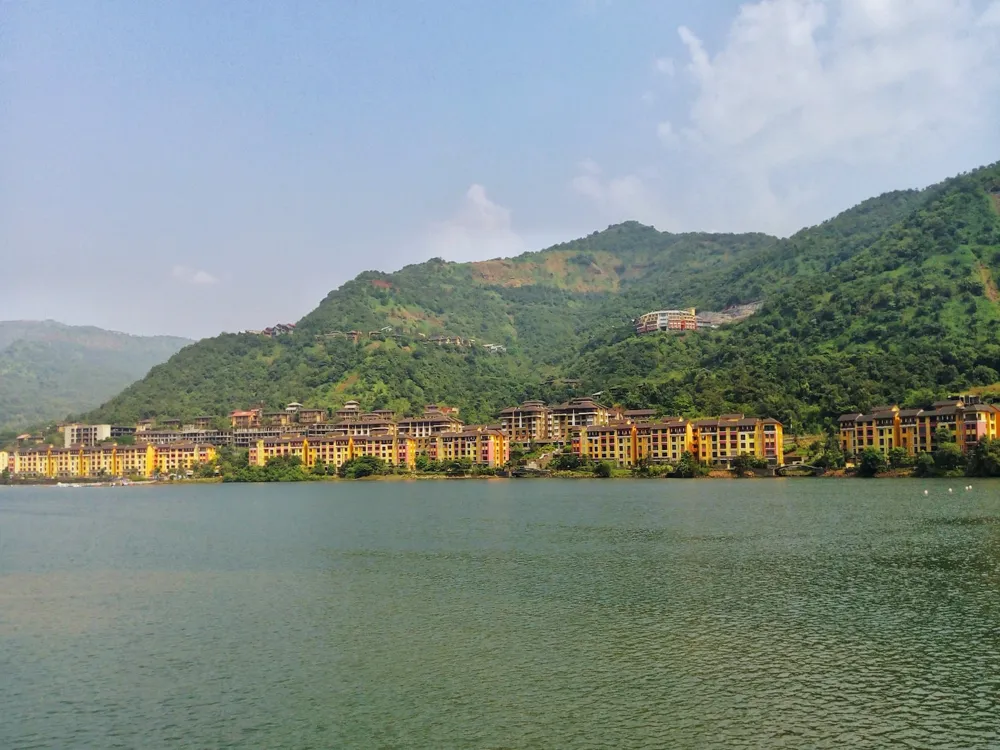Panchakki, also known as the water mill, stands as a testament to the engineering genius of the medieval period, located in Aurangabad, Maharashtra. This mill dates back to the 17th century and was designed to generate energy via water brought down from a spring on a nearby mountain. The primary purpose of Panchakki was to grind grains for the troops of the legendary Mughal emperor, Aurangzeb. Its ingenious engineering solution not only facilitated grain grinding but also served as a water reservoir for the surrounding regions. Panchakki's architecture is a remarkable blend of aesthetics and practicality. The water mill is attached to a large, artificial pond. The pond receives its water supply from an underground channel, which originates at a distant spring located in the mountains. The channel culminates in a cascade that powers the mill. The surrounding gardens and a mosque within the complex add to its historical and cultural significance, making it a must-visit destination for history enthusiasts and tourists alike. The legacy of Panchakki is not just limited to its engineering marvel but also in its contribution to the community. It was an important source of energy in its time and a center of social and cultural activities. Today, it stands as a symbol of India's rich heritage, showcasing the scientific thought and architectural brilliance of the past. The architecture of Panchakki is a fascinating amalgamation of science and aesthetics, reflecting the ingenuity of the artisans of the medieval period. The water mill's design is based on the early principles of hydraulics and bears testimony to the advanced level of technology that existed during that era. The central feature of this architectural marvel is its water management system, which demonstrates a sophisticated understanding of hydrodynamics. The water for the mill is sourced from a spring on a mountain. The water travels through a series of earthen pipes and aqueducts spanning a significant distance before reaching the mill. The force generated by the falling water drives the grinding stones of the mill. The entire mechanism operates without any manual intervention, relying solely on the natural flow and gravity of water. This not only made the mill operationally efficient but also environmentally sustainable. Surrounding the water mill is a complex that includes a mosque, a garden, and living quarters for the students and followers of the Sufi saint, Baba Shah Musafir. The architectural style of the mosque and the surrounding structures reflect the Indo-Islamic style, prevalent during the Mughal period. Intricate carvings, arched doorways, and domed structures characterize the mosque, adding to the overall aesthetic appeal of the complex. The garden around the mill is well-maintained, providing a serene environment for visitors. The ideal time to visit Panchakki is between October and March when the weather in Aurangabad is pleasant, avoiding the harsh summer heat. Visitors are advised to dress modestly as Panchakki is a religious site. It is also important to maintain decorum and respect the cultural and historical significance of the place. Panchakki is easily accessible by road. Basic facilities like restrooms and small eateries are available near the site. However, it's advisable to carry water and snacks. Consider hiring a local guide to fully appreciate the historical and architectural significance of Panchakki. Guides are available at reasonable rates near the entrance. Photography is allowed, but it's advisable to check for any specific restrictions, especially inside the mosque area. Panchakki is well-connected by road and is easily accessible from various parts of Aurangabad. The nearest airport is Aurangabad Airport, from where you can hire a taxi or take a bus to reach Panchakki. The city is also well-connected by train, with Aurangabad railway station being the nearest. Local transport like auto-rickshaws and buses are readily available for commuting within the city. READ MORE:Overview of Panchakki, Aurangabad
Architecture of Panchakki
Tips When Visiting Panchakki
Best Time to Visit
Dress Code and Conduct
Accessibility and Facilities
Guided Tours
Photography
How To Reach Panchakki
Panchakki
Aurangabad
Maharashtra Goa
NaN onwards
View aurangabad Packages
Weather :
Tags : Garden & Park
Timings : 6:30 AM - 9:30 PM
Time Required : 1-2 hrs
Entry Fee : Indians: INR 5,
Foreigners: INR 100
Planning a Trip? Ask Your Question
Also Refered As:
Nehar-e-Panchakki
Aurangabad Travel Packages
View All Packages For Aurangabad
Top Hotel Collections for Aurangabad

Private Pool

Luxury Hotels

5-Star Hotels

Pet Friendly
Top Hotels Near Aurangabad
Other Top Ranking Places In Aurangabad
View All Places To Visit In aurangabad
View aurangabad Packages
Weather :
Tags : Garden & Park
Timings : 6:30 AM - 9:30 PM
Time Required : 1-2 hrs
Entry Fee : Indians: INR 5,
Foreigners: INR 100
Planning a Trip? Ask Your Question
Also Refered As:
Nehar-e-Panchakki
Aurangabad Travel Packages
View All Packages For Aurangabad
Top Hotel Collections for Aurangabad

Private Pool

Luxury Hotels

5-Star Hotels

Pet Friendly







